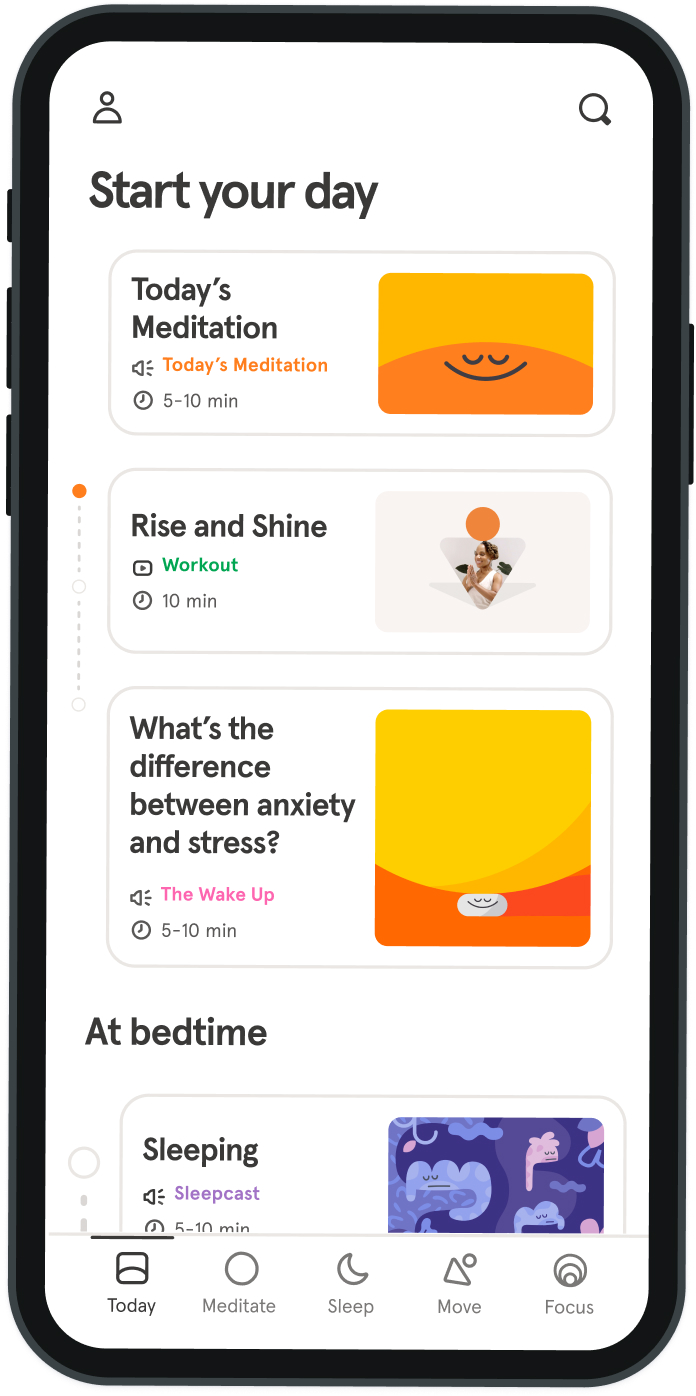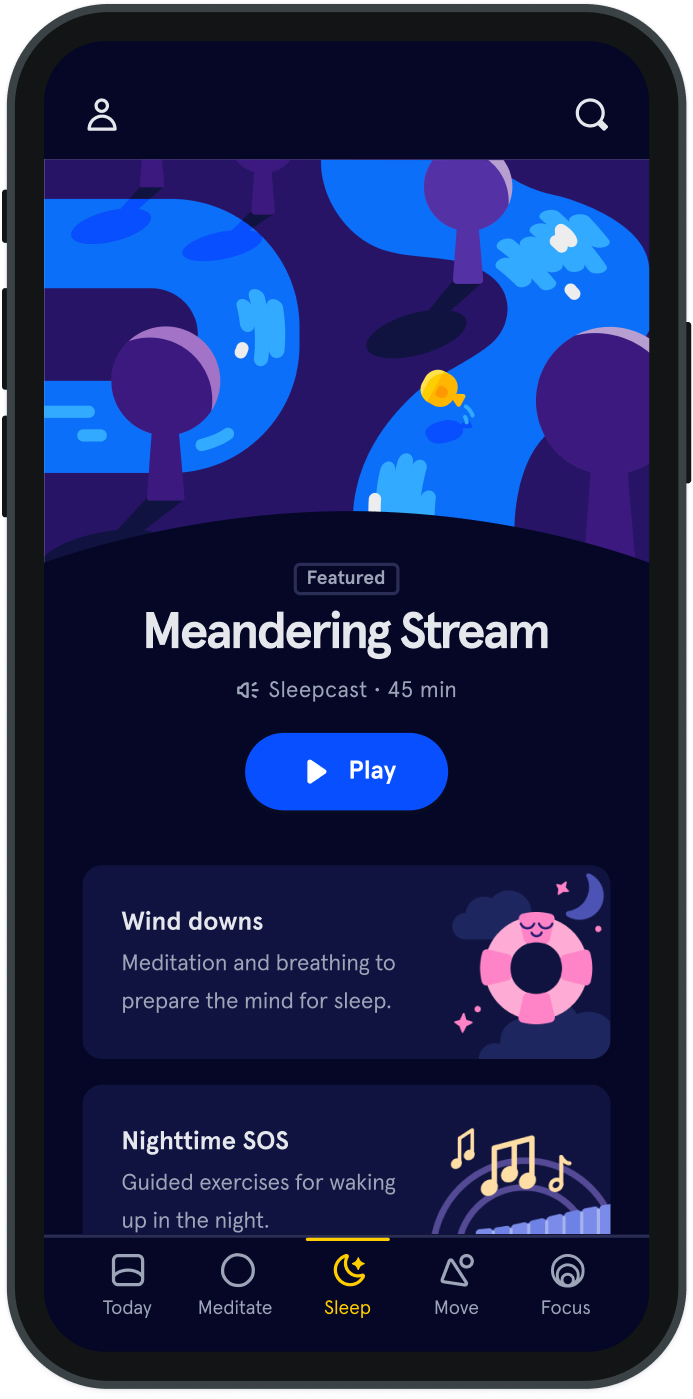New research on how to ease the discomfort of migraines
If you have never experienced a migraine, consider yourself lucky. Thirty percent of adults worldwide (including myself) have suffered from, what it is usually described as moderate or severe headaches felt as throbbing pain, including symptoms like nausea and photo or phonophobia (i.e., pain when exposed to light and sound) and in most cases, occurring without specific symptoms or warning signs.
Migraines are common responses to psychological and physiological stressors, and are more common in women than men, affecting one in five women and one in 15 men. The frequency of migraines can vary between a few times a week to just a few times a year. As those suffering from migraines would know, once a migraine appears, it can greatly affect your ability to carry out daily activities and affect your psychological well-being. Unsurprisingly, migraines account for 1.8 hours per week of productive time lost in the U.S. and were classified as the third cause of disability worldwide. Sadly, there is no cure for migraines, but there are ways to reduce the symptoms. There are drugs that can be used as preventative treatments, but only 50 percent of people have clinically meaningful responses to such treatments and more than 10 percent discontinue use as a result of adverse side-effects. And although painkillers such as ibuprofen may be effective, some individuals may be resistant to pharmacological treatments for migraines and see no result. Additionally, there is the chance of medication overuse, resulting in migraines becoming even more difficult to manage and treat.
Migraines are common responses to psychological and physiological stressors, and are more common in women than men, affecting one in five women and one in 15 men. The frequency of migraines can vary between a few times a week to just a few times a year. As those suffering from migraines would know, once a migraine appears, it can greatly affect your ability to carry out daily activities and affect your psychological well-being. Unsurprisingly, migraines account for 1.8 hours per week of productive time lost in the U.S. and were classified as the third cause of disability worldwide. Sadly, there is no cure for migraines, but there are ways to reduce the symptoms. There are drugs that can be used as preventative treatments, but only 50 percent of people have clinically meaningful responses to such treatments and more than 10 percent discontinue use as a result of adverse side-effects. And although painkillers such as ibuprofen may be effective, some individuals may be resistant to pharmacological treatments for migraines and see no result. Additionally, there is the chance of medication overuse, resulting in migraines becoming even more difficult to manage and treat. So, if some medications don’t work and the rest pose risks of making migraines even more difficult to treat, what does that leave us with? How can we successfully manage a migraine? For some time now, mindfulness has been examined as a treatment for chronic pain and pain-related conditions, finding positive results such as reduction in medication usage, improved physical functioning, and physical-health-related quality of life. Studies have further been conducted to investigate the specific effects of mindfulness meditation on migraine headaches. One study testing the feasibility of mindfulness training in adults with migraines found no adverse events, zero percent dropout and excellent adherence, contrasting results for preventative drug treatments. Research comparing mindfulness training with usual pharmacotherapy in individuals with migraines and tension headaches resulted in significantly lower pain intensity reported by those in the mindfulness training group. The utility of mindfulness in pain management is further supported by research looking at pain-related stress in migraineurs where mindfulness meditation was compared with relaxation therapy. Results showed significantly reduced pain-related stress in a task designed to measure pain-tolerance. As evidence suggests, chronic migraine and medication overuse in combination make treatment very difficult. However, a recent study examining the role of mindfulness in treatment of such cases found that mindfulness can reduce headache frequency, headache-related disability, and acute medication use. These results show that not only can mindfulness training be effective in managing standard migraine headaches, but also in more severe cases such as chronic migraines and medication overuse. You might wonder how mindfulness helps where medications don’t. Although there is no simple answer to this and the mechanisms are not entirely clear, a few explanations have been put forward. One such explanation is that mindfulness helps reduce reactivity to distressing thoughts and feelings and changes the way people interpret and respond to pain, thus lessening the unpleasant experience. Another possible explanation is that mindfulness teaches pain acceptance, which in turn results in a reduction of perceived pain intensity. Whichever explanation makes more sense to you or you choose to accept, just make sure your migraine doesn’t get the better of you and maybe try a mindfulness meditation the next time you feel that throbbing pain approaching.
So, if some medications don’t work and the rest pose risks of making migraines even more difficult to treat, what does that leave us with? How can we successfully manage a migraine? For some time now, mindfulness has been examined as a treatment for chronic pain and pain-related conditions, finding positive results such as reduction in medication usage, improved physical functioning, and physical-health-related quality of life.
Studies have further been conducted to investigate the specific effects of mindfulness meditation on migraine headaches. One study testing the feasibility of mindfulness training in adults with migraines found no adverse events, zero percent dropout and excellent adherence, contrasting results for preventative drug treatments. Research comparing mindfulness training with usual pharmacotherapy in individuals with migraines and tension headaches resulted in significantly lower pain intensity reported by those in the mindfulness training group. The utility of mindfulness in pain management is further supported by research looking at pain-related stress in migraineurs where mindfulness meditation was compared with relaxation therapy. Results showed significantly reduced pain-related stress in a task designed to measure pain-tolerance.
As evidence suggests, chronic migraine and medication overuse in combination make treatment very difficult. However, a recent study examining the role of mindfulness in treatment of such cases found that mindfulness can reduce headache frequency, headache-related disability, and acute medication use. These results show that not only can mindfulness training be effective in managing standard migraine headaches, but also in more severe cases such as chronic migraines and medication overuse. You might wonder how mindfulness helps where medications don’t. Although there is no simple answer to this and the mechanisms are not entirely clear, a few explanations have been put forward. One such explanation is that mindfulness helps reduce reactivity to distressing thoughts and feelings and changes the way people interpret and respond to pain, thus lessening the unpleasant experience. Another possible explanation is that mindfulness teaches pain acceptance, which in turn results in a reduction of perceived pain intensity. Whichever explanation makes more sense to you or you choose to accept, just make sure your migraine doesn’t get the better of you and maybe try a mindfulness meditation the next time you feel that throbbing pain approaching.

Sadly, there is no cure for migraines, but there are ways to reduce the symptoms.
Monika Tomova


Be kind to your mind
- Access the full library of 500+ meditations on everything from stress, to resilience, to compassion
- Put your mind to bed with sleep sounds, music, and wind-down exercises
- Make mindfulness a part of your daily routine with tension-releasing workouts, relaxing yoga, Focus music playlists, and more
Meditation and mindfulness for any mind, any mood, any goal

Stay in the loop
Be the first to get updates on our latest content, special offers, and new features.
By signing up, you’re agreeing to receive marketing emails from Headspace. You can unsubscribe at any time. For more details, check out our Privacy Policy.
- © 2025 Headspace Inc.
- Terms & conditions
- Privacy policy
- Consumer Health Data
- Your privacy choices
- CA Privacy Notice
